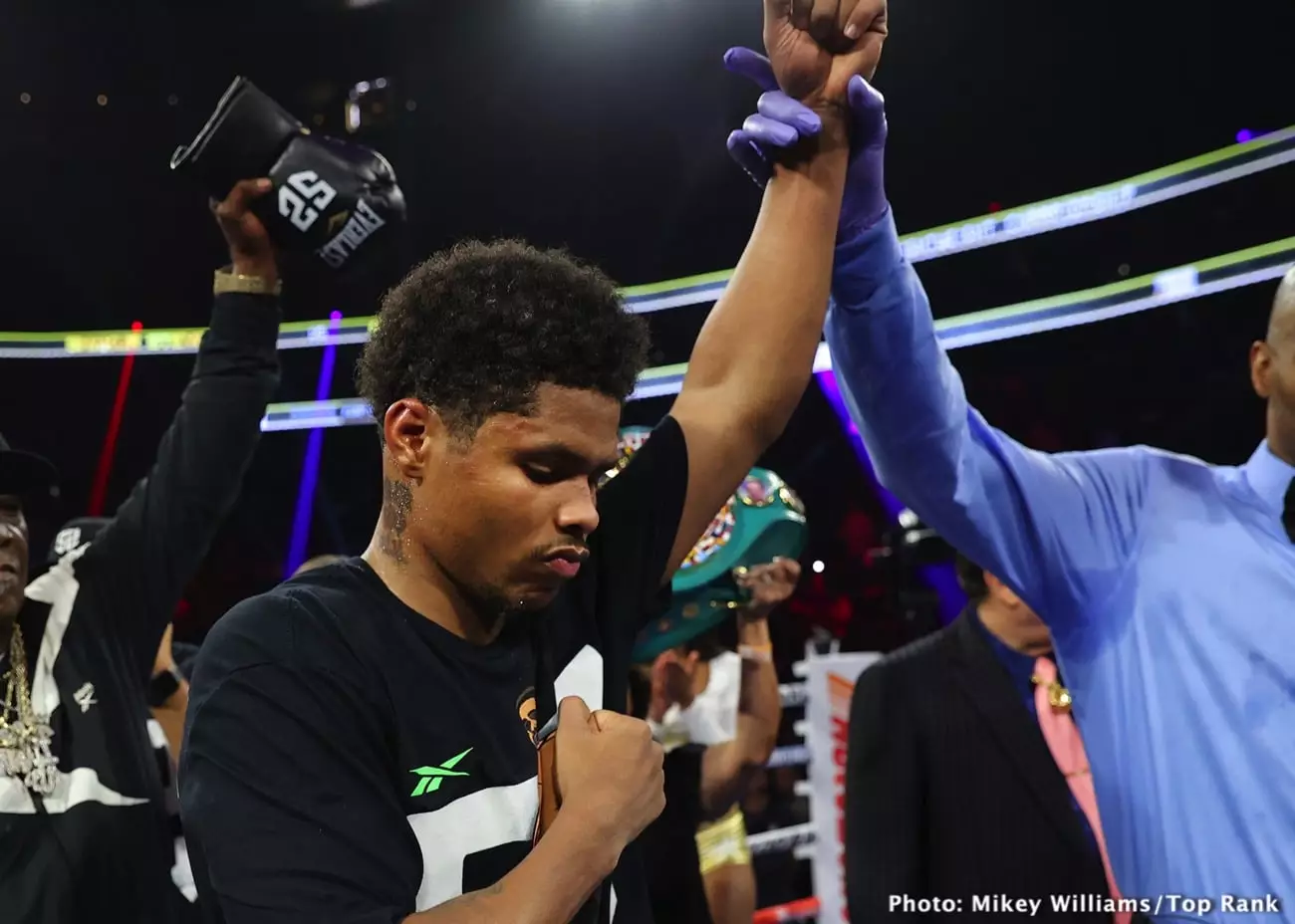The recent announcement of Shakur Stevenson’s injury has sent shockwaves through the boxing community. Initially scheduled to face Joe Cordina on October 12th, Stevenson’s hand injury required immediate surgery, effectively derailing a bout that many fans questioned right from the start. This unfortunate turn of events highlights a broader narrative in boxing, where fan expectations and promotional strategies often collide, resulting in bouts that leave much to be desired.
While injuries are an inherent risk in any contact sport, the timing of Stevenson’s injury raises eyebrows about the match itself. Supporters were enthusiastic about Stevenson, who boasts an impressive record of 22 wins and 10 knockouts, but the enthusiasm fizzled when they learned the opponent. Joe Cordina, although a former IBF super featherweight champ, did not elicit the same excitement as other potential contenders. The backlash from fans questioning the validity of this matchup now looms large with the cancellation.
The Impact on the Undercard and Viewer Reception
In light of Stevenson’s withdrawal, questions arise concerning the co-feature of the undercard, featuring Chris Eubank Jr. against Kamil Szeremeta. The prospect of this fight headlining the event may prove disastrous for pay-per-view sales in the U.S., primarily due to the limited name recognition these fighters carry. On a $14.99 card, fans expect compelling matchups, and the disappointment over Stevenson’s injury adds an additional layer of discontent to an already lukewarm reception.
Matchroom Boxing has stated that Stevenson is set to return in 2025, leaving fans wondering whether the bout with Cordina will ever be rescheduled. For many, it might be a blessing in disguise, as social media conspiracy theorists pounce on the injury as a hidden sign that promoters are reconsidering their choices in light of fan feedback. Drafting in a more engaging matchup would not only appease the audience but also uphold the integrity of Stevenson’s ascendancy in boxing.
Eddie Hearn’s comments about a potential matchup with William Zepeda in February raise further concerns. While Zepeda is indeed a formidable opponent, matching him against Stevenson fresh out of surgery could be a precarious move. Hearn faces a strategic choice: rushing into a significant fight may backfire if Stevenson isn’t properly rehabilitated. It would serve better to pair him against a familiar U.S. contender for his return bout, allowing Stevenson the chance to regain his footing.
Moreover, the fallout from the proposed fight with Cordina raises questions about the promotional direction for Stevenson’s career. Fans expected a substantial step toward becoming a global superstar; however, a scrappy fight against Cordina didn’t deliver that promise. With the buzz now dampened, Matchroom should focus on crafting matchups that resonate with both casual and hardcore boxing fans alike.
The disappointment with the Stevenson-Cordina cancellation encapsulates broader issues within boxing: the balance between promoting marquee matchups and managing fan expectations. In a sport where viewer engagement is crucial, promotions must do more than just fill fight cards; they need to provide bouts that excite and engage their audience. As the boxing landscape continues to evolve, the success of future events hinges on the willingness of promoters to heed the voices of their fans, ensuring that fighters like Stevenson can successfully navigate their paths to superstardom.

